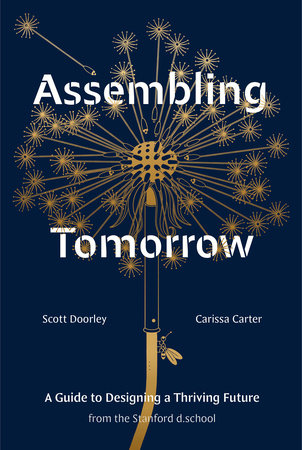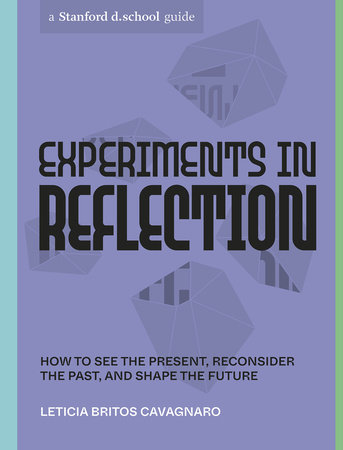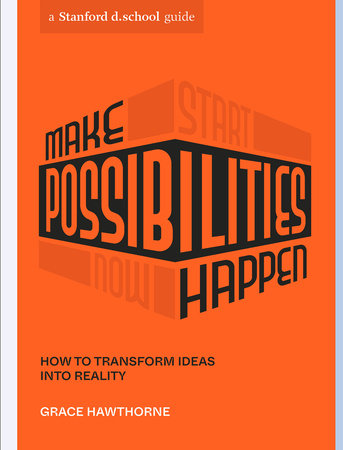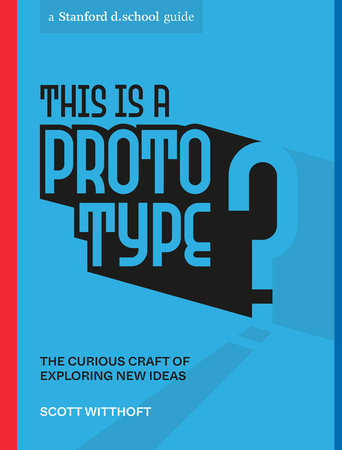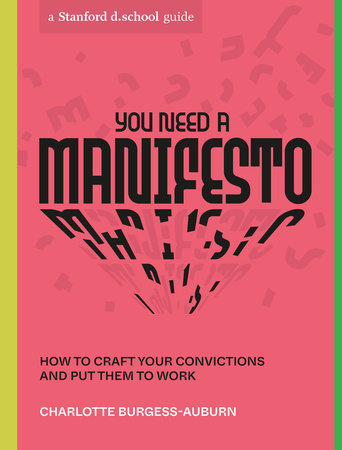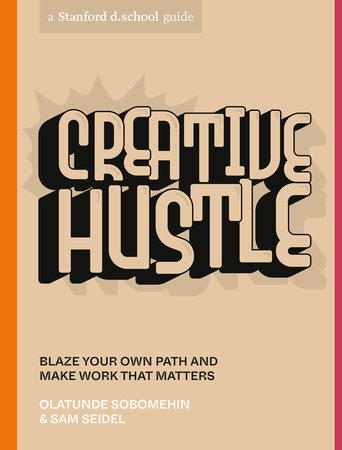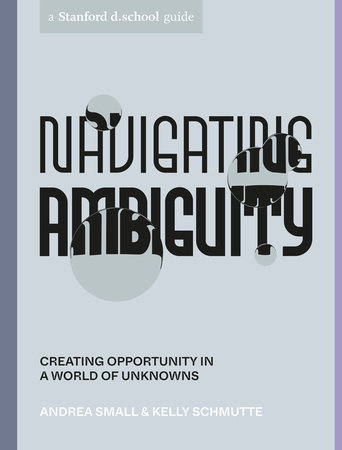Excerpt
Design for Belonging
Hello! I’m so glad you’re here. Belonging begins when we acknowledge each other as people. Typed words on a page may feel distant, but I wrote this book for you. And for us! Because when we work together, we can make the promise of belonging a reality. We can transform our homes, communities, and the world into stronger and more connected places. My hope is that you find a sense of belonging in these pages.
Since we are meeting for the first time, I will let you know that I am a cis-gendered, White woman, currently not living with a disability. I am positioned in our culture as a recipient of White privilege. I am doing this work as an anti-racist ally and equity designer, endeavoring to move the field of design forward using its tools to redesign unjust systems. I am hopeful that you will join me and use these tools to make change happen.
My work is varied, but all of it is rooted in belonging. My through line has always been to empower people to tackle issues—from school curriculum to communitybased social justice to corporate culture—by designing new ways to learn and interact. Through this work I have come to recognize, and to truly believe, that belonging is the thing that matters most. And it’s not just my personal experience that proves it; the science is clear. Studies from researchers like Brené Brown, Claude Steele, and the Mindset Scholars Network show that belonging is the key that unlocks the best in everyone. Kids who feel they belong learn better in school. Elders with a sense of belonging stay healthy and aware. Immigrants who belong thrive in their new communities. Having a sense of belonging leads to flourishing in every environment and group, big and small, from your home to the culture at large.
Belonging helps us to be fully human. It gives us permission to share our talents and express our life force. It enables cooperation, collaboration, and the ability to work across difference. It emboldens our creativity and our problemsolving abilities. When people feel like they belong, they are able to be their best and do their best. Design has the power to change things for the better, to address historic wrongs created through exclusionary design processes. If you want to create change, you’ve gotta make something. But you don’t have to call yourself a designer to benefit from the information in this book; you just have to use its tools to make things happen. Whether you are a parent, manager, teacher, community organizer, or leader of almost any sort, you can design a space that helps people feel they belong. And that’s what I explore in this book: the intersection of belonging and design. I like to express this intersection as “belonging + design” because it suggests that the process is additive, that we’re building something bigger. In this sense, belonging + design = new ways of bringing people together, or even new ways of
being people together.
So how do you design for belonging? In the coming pages, I’ll explore three essential elements: the feeling of belonging, the moments during which belonging occurs, and the process of shaping your context so belonging can emerge.
Acknowledging that belonging is a feeling is a powerful way to start this work. While you can’t design a feeling— feelings are personal—you
can learn to recognize how and when feelings arise and then design all sorts of things that positively influence those feelings: rituals that bring us together, spaces that keep us calm, roles that create a sense of responsibility, systems that make us feel respected, communications that create understanding, and more. You can also identify the key moments during which we experience the world and intentionally shape them into experiences of belonging. You use these moments to help set the stage for belonging to emerge.
To provoke your thinking and support your exploration, I will introduce a crew of thinkers and doers who represent diverse frameworks for belonging. I’ve dubbed this group the “host-heroes of belonging” in the spirit of writer and organizational thinker Margaret Wheatley, who encouraged leaders to see themselves not as
heroes to save others, but rather as
hosts who bring people together to begin conversations and launch critical actions. For me, these brilliant people are both notable hosts for an emerging conversation about the possibilities of belonging and also my personal heroes because of how their work has influenced me—sometimes up close and personal and sometimes purely as a consumer of their work. From movies and media they have created to the scholarship and interventions they have deployed, their work stimulates new ideas for what and how to design. You saw them in the mural that opened this introduction, and you’ll be hearing more from them throughout the book.
You’ll also find stories of what it is like to grapple with the feelings of belonging and its often-powerful opposite, othering, as well as exercises you can use to explore belonging and othering in your world. The stories shared are those of real people. Some I have worked with extensively; some I only met in brief interactions or interviews. Many names are changed; some are not.
An additional note about language: Many current publishing style guides refer to
Black people and
white people. In this work, I use the phrases
Black people and
White people when using racial identifiers. I am following the call of Eve Ewing and others to capitalize White. As she has said, not capitalizing white along with Black “runs the risk of reinforcing the dangerous myth that White people in America do not have a racial identity.” This is part of the ongoing effort to recognize that White people are situated within our racialized power structures and need to be held accountable for helping to dismantle White supremacy.
And while words clearly matter, design is not just words. It is active. And I want to help you actively build belonging in your life, your work, your community, and in our world. I invite you to use this book in ways that work for you. Write in it. Add pages to it. Make a mess of it. Or keep it crisp and clean, if that’s your preference. There are lots of questions and exercises for you to dig into, try out, and pass along to others. My hope is that you will use
Design for Belonging as a powerful tool to invite collaboration to create the change you need to see in your world.
Let’s get started.




